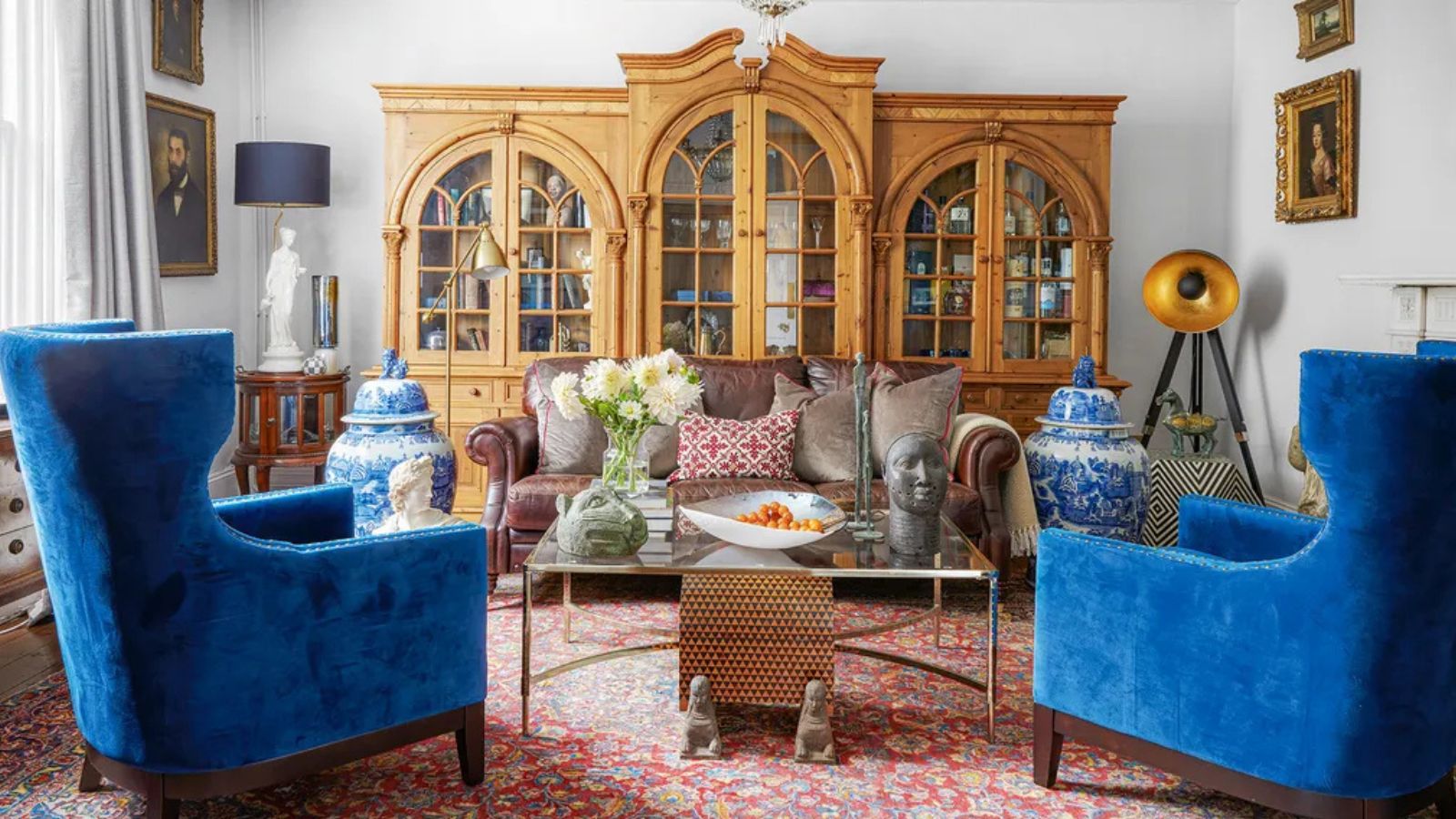
Antique and vintage pieces are a great way to add unique personality to your home, plus they are often better quality than new items, and can be picked up at bargain prices. However, they can also prove to be a great investment – choose wisely and you can find characterful pieces will only increase in value.
Of course, monetary value might not always be at the forefront of our minds when thrifting. Many interior designers advise following your heart and buying what you love for your home; however, having something that also increases in value can only be a win-win. While instinct is a useful guide, doing that little bit of extra research to gain that insider knowledge might just pay off.
So, how can you ensure your vintage buys only increase in value? To help steer your second-hand sourcing, we asked antique dealers and interior designers who love decorating with vintage and thrifted finds for their top tips.
1. Invest in high quality pieces in good condition
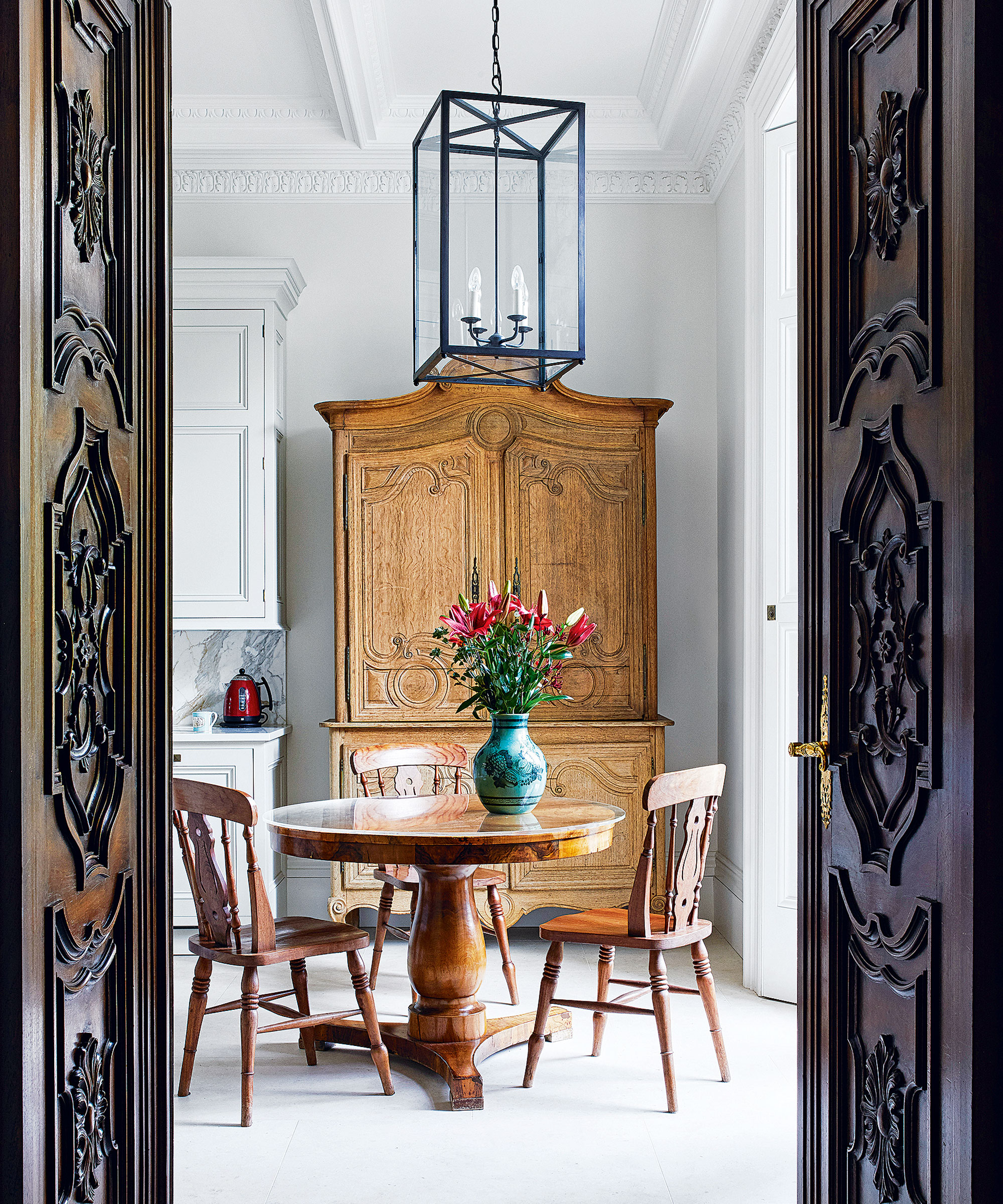
When it comes to antiques and thrifted vintage buys, most dealers and interior designers agree that if you want something to retain its value, then condition matters.
‘I always tell clients to look for quality craftsmanship. Solid wood construction, dovetail joints, and original hardware are all great indicators of lasting value,’ says Tracy Morris, founder of Tracy Morris Design. ‘For example, when sourcing a chest of drawers, I look for smooth-gliding drawers, sturdy legs, and elegant proportions – those details speak to both longevity and timeless appeal. If something feels special and well-made, it’s often worth the investment.’
Similarly, it’s best to avoid broken or damaged items when sourcing vintage pieces that you want to increase in value. ‘I steer clear of anything that has tipped from rustic into decaying. If the piece is riddled with wormholes, structurally unsound, or has been smothered by overzealous repairs, it is rarely worth investing in,’ adds Susannah Cameron, founder of Chez Pluie, the online store based in Provence that specializes in French antiques.
‘Choose pieces that have stood the test of time without losing their soul,’ adds Susannan. ‘If a piece has been restored, learn what was done and how. Restoration should be sympathetic and respectful of original techniques, particularly with timber. Honest dealers will be upfront about repairs, replacements, or quirks like absent keys and modified fittings.’
2. Buy pieces with provenance – look for stamps, labels, or makers' marks
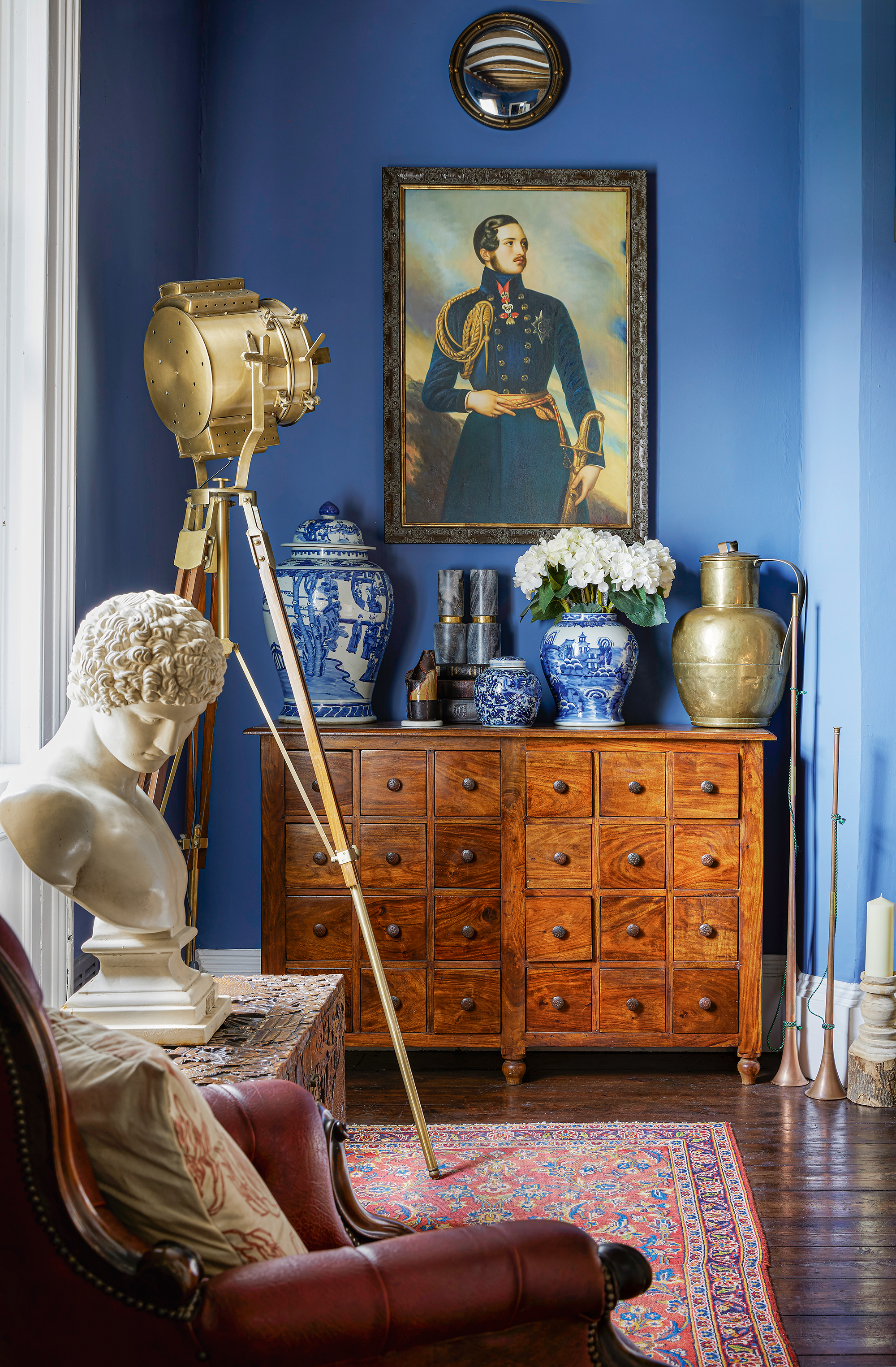
Knowing the provenance and history of an item is key when buying antiques that will increase in value. Items that come with proof of their origins and history will hold their value, as it will give future buyers peace of mind.
‘Make certain the provenance and construction are well documented,’ says Susannah. ‘The best finds come with a story worth retelling. A product description should include the age of the piece, the maker, the material and finishes, and the country or region of origin (cast iron, walnut, blown glass, vernis Martin, etc).’
Pieces from known makers or those that are limited edition, or come with a unique back story, often tend to retain their value and are key collectables interior designers always look for, so keep your eyes peeled for evidence, say the experts. ‘Stamps, labels, or makers' marks, usually found on the underside or back of a piece, offer valuable clues,’ says Dallen Russell, of InSite Builders & Remodeling.
Look for signatures on art, hallmarks on silver or labels on furniture. In addition, ‘original packaging or documentation can significantly increase an item’s value,’ explains Dallen Russell. ‘These details confirm authenticity and are especially appealing to collectors who appreciate a piece’s complete history.’
3. Choose well preserved items from collectable eras

Pieces which are good quality examples of collectable eras, such as Mid-century furniture, are a good bet when looking for investment buys. ‘Pieces with a clear provenance or from known makers tend to hold their worth and even appreciate over time,’ explains Tracy Morris. ‘Trust your eye but also do a little research; the more you know about styles and periods, the better your chances of spotting a gem.’
'High-quality mid-century furniture (anything Danish, signed, stamped) is typically worth quite a bit and can be very collectible,' explains Virginia Chamlee, author of Big Thrift Energy. 'Similarly, French Art Deco is highly collectable, though there are a lot of copies on the market (interestingly, though, even some of the copies – those actually made in the same period – can also be valuable).'
Recognizing classic shapes and timeless designs is key to understanding long-term value, adds Dallen Russell. ‘In furniture, this might range from the elegance of the French Rococo period to the minimalist appeal of a Parsons table – styles that have endured for generations. In homeware, vintage copper cookware, ironstone serving pieces, and mid-century glassware are examples of sought-after pieces that continue to appeal to collectors and appreciate in value.’
4. Develop your knowledge of a certain area
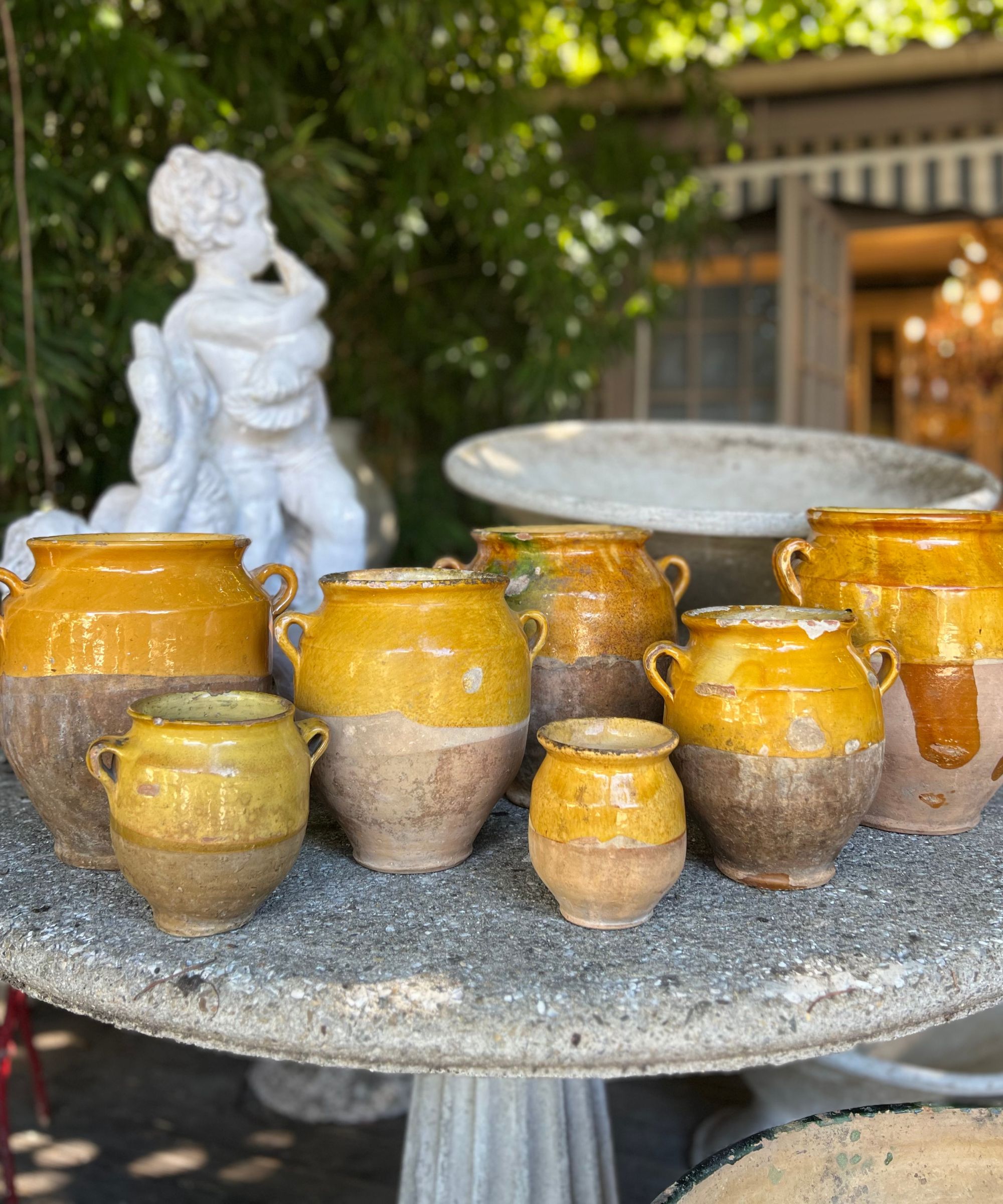
To ensure antique and vintage items only increase in value, think about specializing in a certain area. The antiques world is vast and prices and trends are constantly changing, so there’s no way you’ll ever be an expert on it all, so think about focusing on a certain era, maker, or genre you are interested in suggests Suzannah Cameron.
‘Follow your own curiosity and cultivate knowledge in specific areas. With time, your eye sharpens. You’ll begin to recognize a silver hallmark at a glance, a familiar painter’s hand, or a distinctive glaze used in a particular region. Look for subtle clues that confirm the maker, such as the X beneath a piece of Moustiers faïence or the ET initials under Émile Tessier’s ceramics.’
With a passion for French antiques, Susannah is always on the look out for timeless pieces, including 'pottery from the southwest of France; Biot jars – the semi-glazed Provençal storage vessels that lend themselves to both indoor and outdoor settings; wicker in all forms, from armchairs to harvest baskets and early 20th-century Bentwood bistro chairs — especially those stamped Thonet.'.
5. Be prepared to play the long game
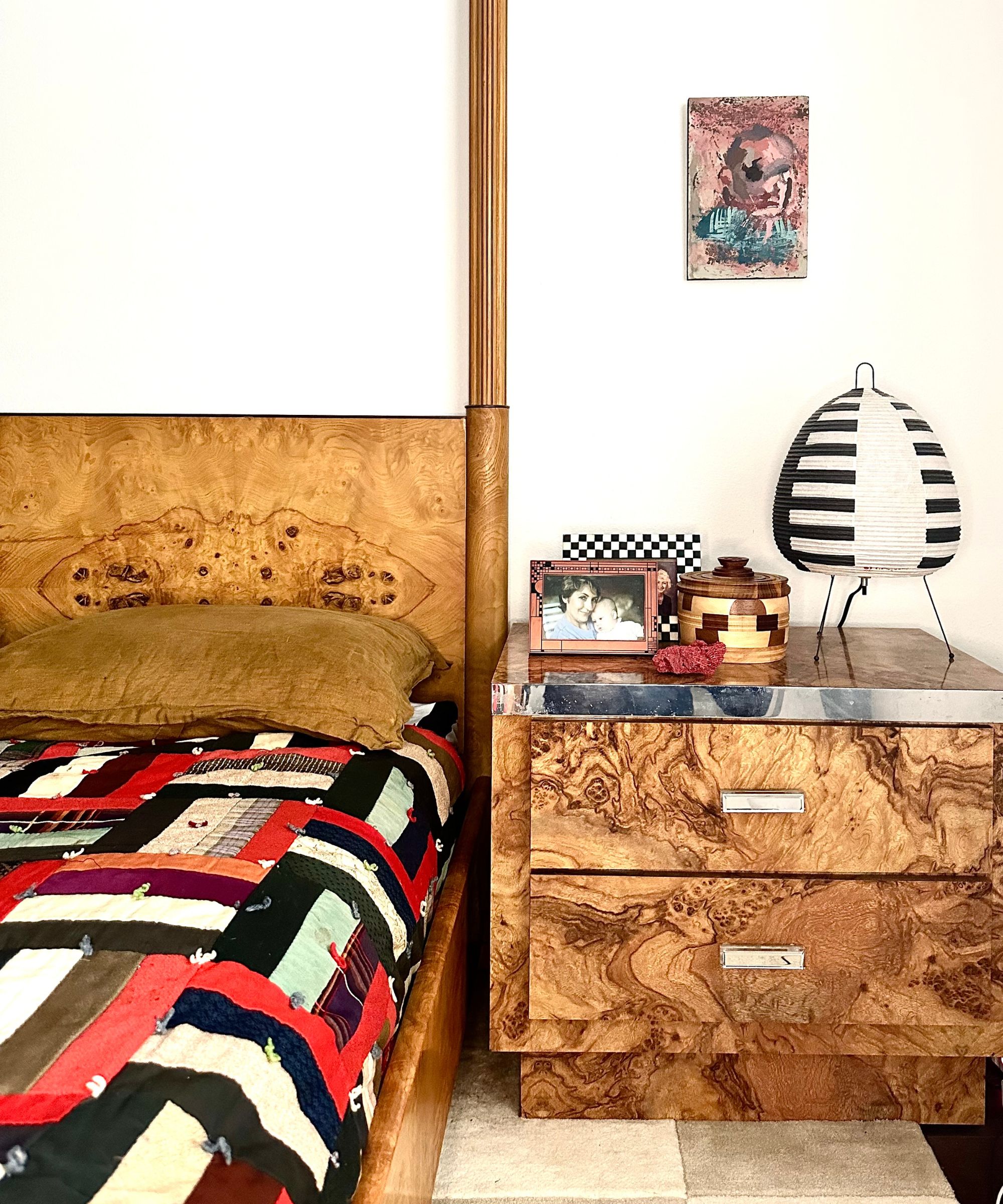
If you’re looking specifically for vintage items to sell on, then you’ll need to think ahead of the game and be prepared to wait a while, say the experts.
‘Sometimes, thrifting for resale is like playing the long game – you have to buy things before they are super popular. This is where looking at shelter publications and Pinterest, and Instagram comes in. What are the big-name interior designers buying?’ advises Virginia Chamlee.
‘If you see a table at a thrift store that you noted in a recent video for a celebrity home, that's probably a good buy. You almost have to foresee vintage trends a few months or even years ahead of time.'
A seasoned thrifter, Virginia is experienced in spotting items before they surge in popularity. Recently, she has seen an uplift in the sale of vintage quilts, which luckily she has been collecting for years. ‘Something I've been thrifting and saving for years are crazy quilts (patchwork quilts that have kind of an Americana quality). I've always been drawn to these, and over the past five years or so, they've started to pop up in a lot of designer spaces. So that was an early investment that paid off,’ says Virginia.
6. Buy what you love

When looking for vintage items that will grow in value, you need to ask yourself what value you’re looking for – do you want something to sell on, or do you want something that will bring you joy and add value to your interiors for years to come?
‘I tell clients not to get too caught up in resale value right away. If something is well-constructed and emotionally resonant, it’s likely to stand the test of time. The best rooms aren’t full of investment pieces, they’re full of things that feel personal,’ says Sara Swabb.
‘Buy things you love. Buy it because it speaks to you, not because you think it's valuable, trendy, or simply a great deal or find,’ echoes Molly Kunselman, founder and principal designer at Molly Kenselman Design. ‘If you find an item you love, but it has a blemish such as a ceramic piece with a small chip, buy it anyway. You can probably barter the price down due to the blemish, but more importantly, a small imperfection speaks to the story the piece is a part of that extends before and (possibly) after you.’
7. Take care of your antiques
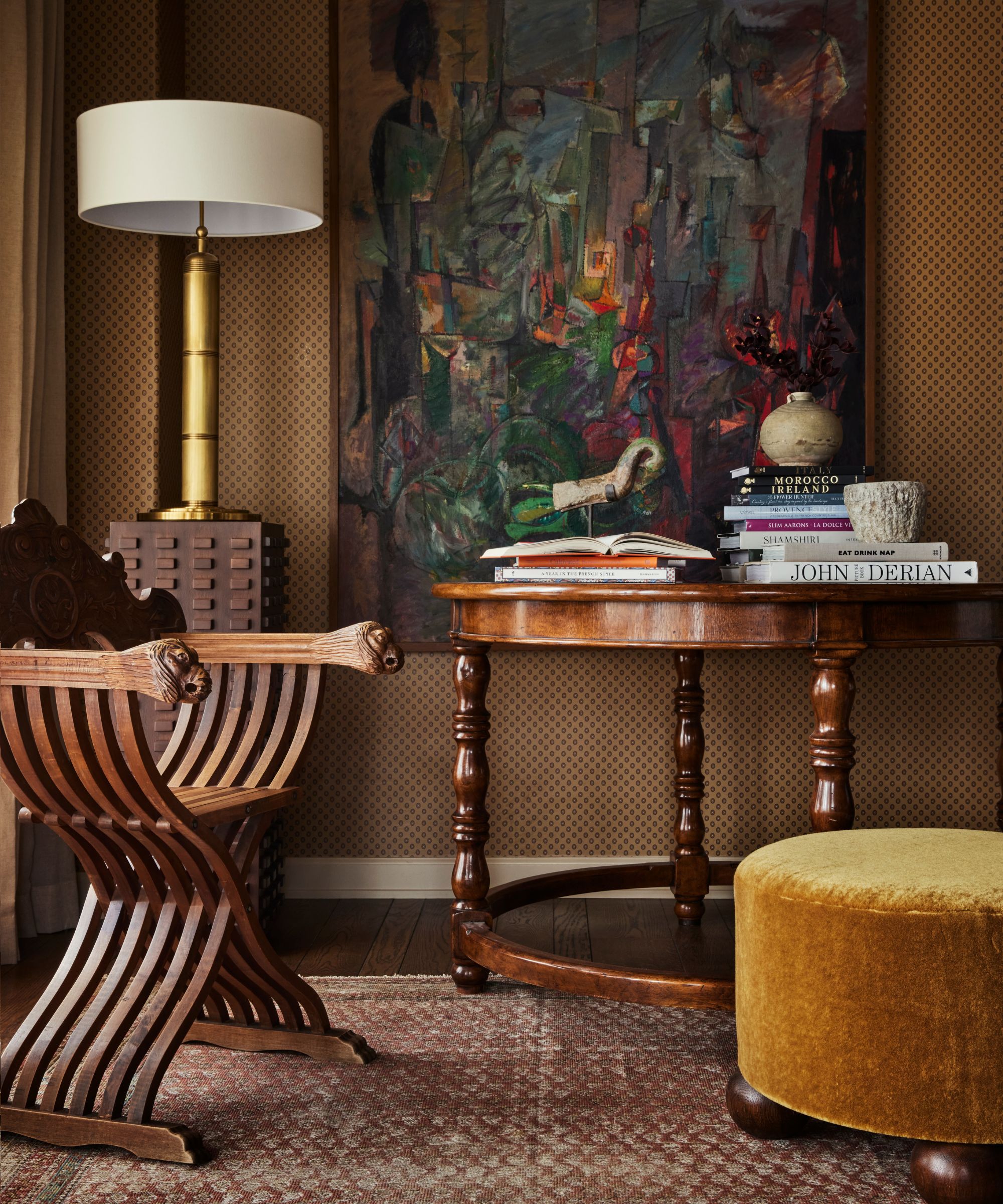
It’s not just buying the right things that ensures antiques go up in value; it’s also how you care for them. Be sure to keep them in tip-top condition
‘Once you’ve thrifted a gem, preservation is key,’ says interior designer Magda Callery. ‘Keep wood moisturized, avoid direct sunlight on artwork, and use museum putty or archival materials where appropriate. A piece's condition can make or break its long-term worth.’
Of course, that doesn’t mean keeping antiques under lock and key or never using them; however, if something is particularly valuable or fragile, make sure it is stored or displayed safely.
‘I do believe that most vintage pieces retain their value, provided they are of a certain quality. The easiest way to ensure vintage buys retain their value is by placing them in areas that are not high-traffic. Once a vintage piece is damaged, it can be difficult to sell it,’ adds interior designer Alexandra Azat, founder of Plaster & Patina.
Ultimately, if you're searching for antique and vintage buys to elevate your home, then it all comes down to personal taste. However, if you are looking for investment pieces, then to ensure your thrifted pieces grow in value, always choose pieces that are in good condition and have provenance, say the experts. Taking time to research makers and eras you are interested in is also advised.
'When buying vintage or antique pieces, I always ask: is it well-made, is it useful, and does it tell a story? Items that check those boxes tend to hold or grow in value, especially if the piece reflects quality craftsmanship, provenance, or timeless design,' says Sara Swabb.







